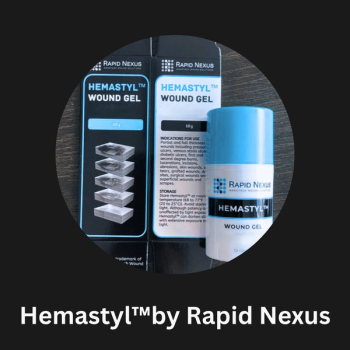
America’s self-inflicted opioid crisis
In the last few years, drug overdoses led by opioids have become the leading cause of accidental deaths, eclipsing that of automobile crashes and violence.
Editor's Note:
In the last few years,
Further reading:
In 1995, the American Pain Society (APS) posited that there was a national epidemic of untreated pain and the patients reporting of pain should determine their treatment. The following year, the APS introduced the concept that the patients’ reporting of pain should be the fifth vital sign. A subjective scale from one to 10 was proposed. However, a neglected but serious problem was that pain is subjective and unique to the individual.
Many extraneous conditions may impact on the sensation of pain such as culture, psychological state (i.e. depression), nervous system disorders, drug-seeking behavior or other issues. Whereas the four traditional vital signs-blood pressure, pulse rate, respiratory rate and body temperature-are objective findings, they are unaffected by mood and other factors. Thus, when treating patients with pain, physicians must evaluate the various causes tailoring therapy to meet the needs of each individual.
Dr. Fisher
There is no doubt that many patients’ pain was not adequately treated and this had to be addressed. However, over-treating pain is just as serious a problem as its under treatment.
Organized medicine joined in this outcry that pain was to be seriously addressed. In 1998, the Federation of State Medical Boards published a policy paper stating that pain must be alleviated and controlled substances were a mainstay. The federation suggested that state medical boards should consider physician punishment if pain was under-treated. In 2001, the Joint Commission on Accreditation of Healthcare Organizations (JCAHO) with the force of Medicare/Medicaid payment withdrawal published a policy paper describing that treatment of pain in healthcare facilities was frequently inadequate and accreditation demanded prompt attention to this issue.
In case you missed it:
With the need to pass JCAHO reviews, healthcare administrators were adamant that no patient should complain of pain, especially when under review. This blanket policy of immediately treating pain with powerful analgesics, mainly opioids, took emphasis away from alternative approaches. Emphasizing the use of opioids and focusing on patient description of pain led the way to the unintended consequence of opioid overuse. Meanwhile, the public was actively pursuing the use and greater availability of mood-altering drugs.
Even more reading:
Adding to this pressure to overprescribe powerful analgesics was the decision by Medicare to adjust payments to hospitals according to their Consumer Assessment of Healthcare Providers and Systems (CAHPS) surveys. This naïve thought put medical treatment on par with any other commodity. But, medicine is different-often patients have an erroneous view of what is in their best interest. Thus, they may be dissatisfied with appropriate medical decisions. In response, many hospitals have fostered a hotel-like approach to please patients.
This practice has led to patients being discharged with a plethora of powerful analgesics to assure hospitals receive excellent scores.
These series of missteps by the medical establishment, the government and public desire has led, in our nation, to drug overdoses (primarily opioids) as the leading cause of accidental deaths.
In 2012, there were 259 million prescriptions for opioids. In 2014, there were 47,055 lethal drug overdoses-18,893 due to opioid prescription drugs and 10,574 due to heroin. In 2015, there were 22,598 prescription opioid-caused deaths.
In response, many from the medical establishment have declared that pain should be removed as the fifth vital sign. According to MultiModal Analgesia, using a ladder approach is a recent attempt to replace opioids as the mainstay of physician-prescribed intravenous pain control.
The National Institutes of Health have recently undertaken a three-pronged attempt to help alleviate this crisis: 1) overdose prevention and reversal, 2) treatment of opioid-use disorders and 3) treatment of chronic pain.
We, as physicians, must also address our drug-obsessed, pleasure-seeking culture. We are living in a heightened consumer-directed period that is driving many destructive behaviors, augmented by omnipresent drug advertising. Our concepts of treating pain need revision, reserving opioids for the most severe and intractable cases along with addressing our cavalier attitude toward drugs.
Newsletter
Stay informed and empowered with Medical Economics enewsletter, delivering expert insights, financial strategies, practice management tips and technology trends — tailored for today’s physicians.


















